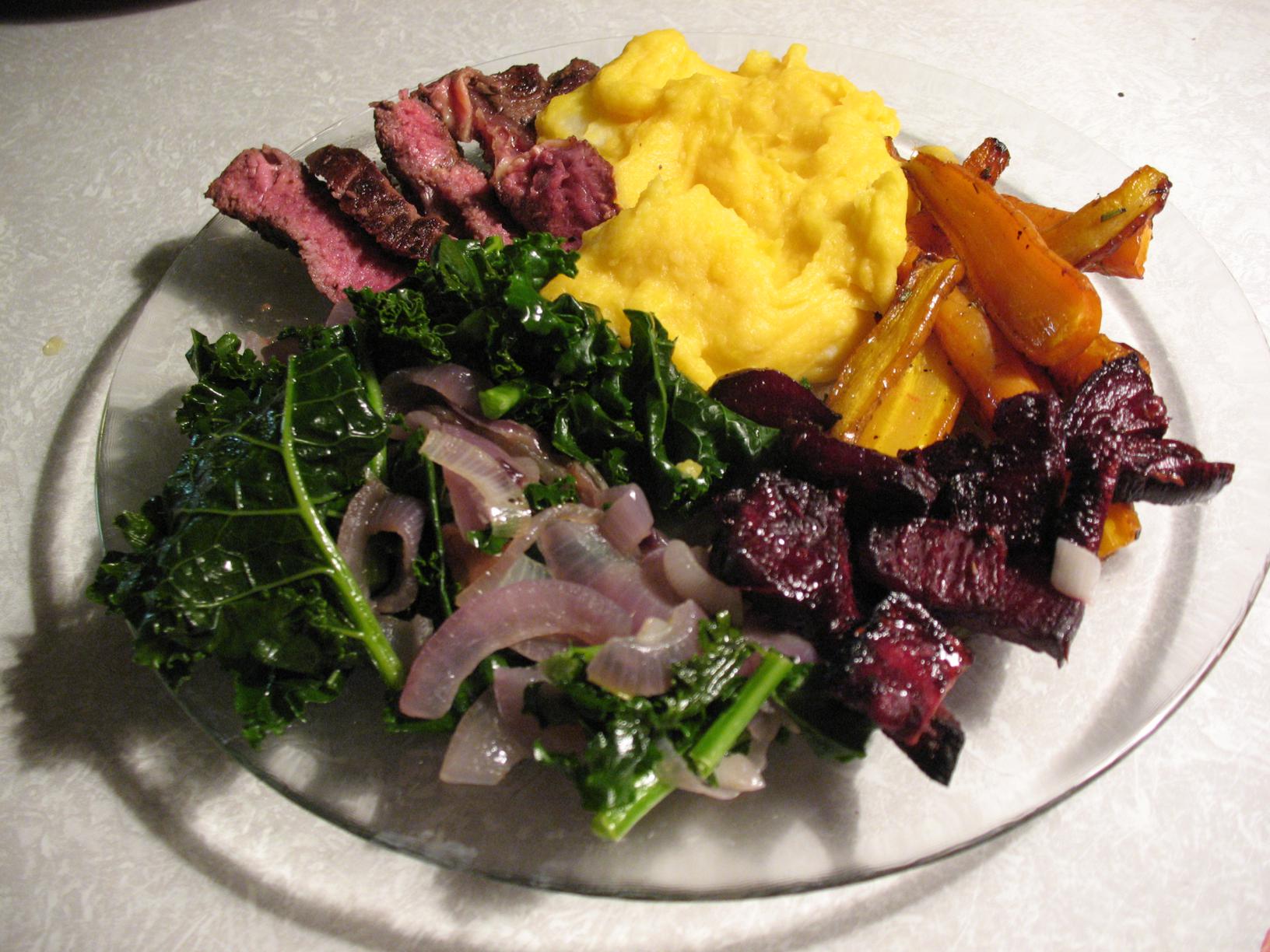Daylight Savings Edition: When Do Farmers REALLY Get up In the Morning?
/Farmers in general get a LOT of questions, but this is actually the one that we get the most, and there is no good answer. (There's a farmer joke that the only answer people want to hear is 5:30, a time that is neither psychotically early or deviantly late!)
My answer is that as a vegetable farmer, I'm like a plant and get up at the same darn solar time everyday, but since that time is sunrise, it falls all over our fake human clock! [Full disclosure: I grew up in one of the non-time-changing states, Indiana, and 20 years later, I remain incredibly bitter about time changes for a solid month after they happen!]
Historically, farms all had cows to milk, and it's most comfortable for the cows to get milked at evenly spaced times each day, which means on a two a day milking cycle, you find farmers milk early (say 5am and 5pm) to eat dinner at a normal-ish time and see their kids before bedtime. Even now, dairy farmers (or farmers who work a second job) will often be out there in the barns at 4 or 5am doing chores. The cows don't care when they get milked and the animals don't care when they get fed, as long as it's evenly spread out and consistent, so a night owl could milk at 8am and 8pm and from the cow perspective, that would be cool (from a cultural perspective, the other farmers might give you a hard time!).
For us veggie growers, schedules vary more, which is why I don't have an easy answer to what time I get up, because dawn right now falls a lot later that it does in July. In the spring and fall, when we are out in the field but days aren't long enough for all our work, we tend to get up earlier to maximize daylight hours. However, in the summer when days get close to 16 hours, we at Hartwood Farm certainly aren't rising at the 4am breaking light!
There are two main reasons (beyond wanting more sleep) why we intentionally don't start working at 5am (when lots of folks think we start work--thank you all for having such high opinions of our ability to be up and at 'em so early).
First, in the north we don't have as much heat as California or Florida, but we get a lot more dew. We want to harvest crops when it's cool enough for best quality, but we don't want the crops to be too damp with dew, or the act of harvesting among wet plants can spread plant diseases around the farm from one dew laden plant to another (and for an organic grower, plant diseases are the bane of our existence that we work really hard to keep from spreading).
Some farmers are super early birds, so they brave the dew and get going at sunrise even in our area, so you can see a huge spread in start times for vegetable farms, including as early as 4:30am (ugh) and as late as 9am (decadent). For us, we don't want to be jerks to our poor employees with long commutes and we don't want people to burn out (which can happen fast when you start working long hours at manual labor if you aren't used to it!), so we have our team start at 8am in the cooler spring and fall months and at 7am in the summer months (only dropping down to 6am if we get a heat wave). We usually start harvesting from the most heat sensitive crops (the greens) to the least (tomatoes), which is why we don't have a lot of good photos of the greens, as we are always picking them in low light or with harsh early shadows (like below)!
So there's two votes from Matt and I to switch to Daylight Savings Time on a permanent basis... and if you have 7 minutes, the funniest take on farmer wake up times (and IMO the funniest CSA promotion video ever--I promise you no "Sky Eggplants" in our shares), can be found in this gem from Hugonaut Street Farm.








